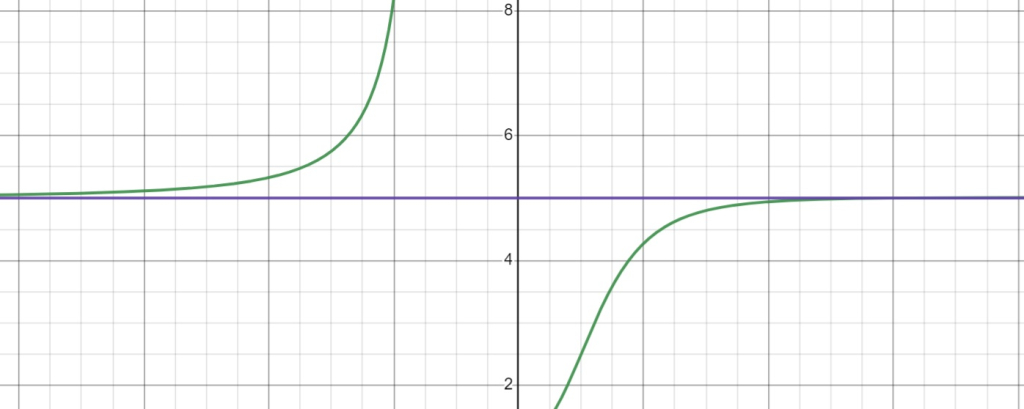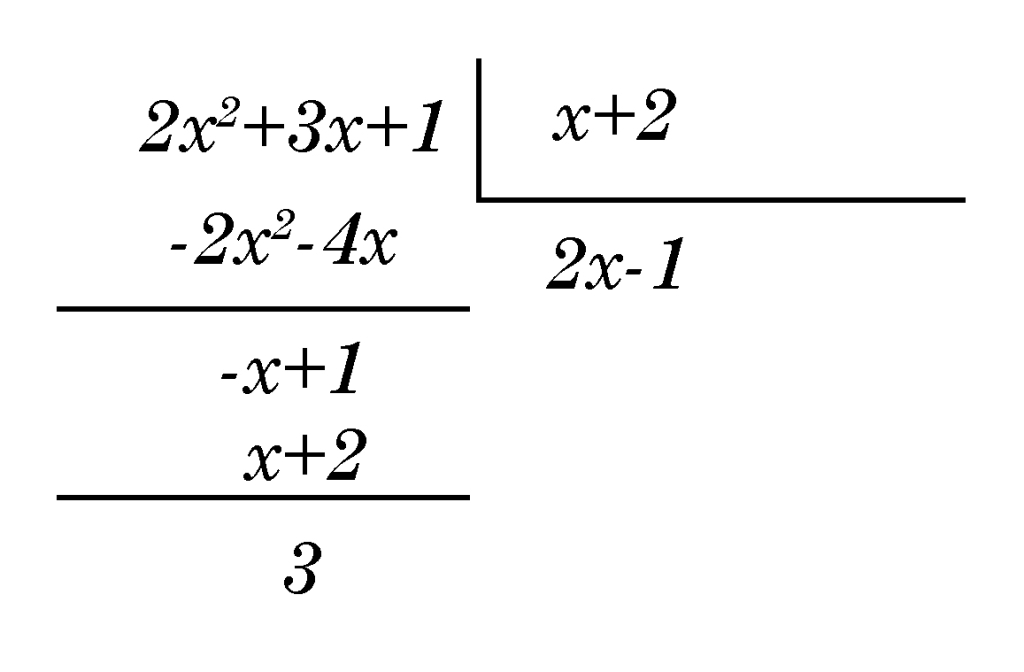Infinitely Close But Never There
An asymptote is a line that a graph approaches but never touches or crosses. Asymptotes are useful in understanding the behavior of graphs at extremes and in identifying limits, especially for functions that extend towards infinity.

An asymptote is a line that a graph of a function approaches but never actually reaches. Understanding asymptotes is crucial in calculus and analysis as they provide insight into the behavior of functions as they move towards infinity or near critical points. There are three primary types of asymptotes: vertical, horizontal, and oblique.
1. Vertical Asymptotes
Vertical asymptotes occur when the function approaches infinity or negative infinity as the input approaches a certain value. They are typically found in rational functions where the denominator can be zero. The formula for finding a vertical asymptote is derived by setting the denominator equal to zero and solving for the variable.
For instance, consider the function \( f(x) = \frac{1}{x-2} \). The vertical asymptote is found by setting the denominator \( x-2 = 0 \), which gives \( x = 2 \). This means there’s a vertical asymptote at \( x = 2 \).

2. Horizontal Asymptotes
Horizontal asymptotes describe the behavior of a graph as the input goes to positive or negative infinity. They occur in functions where the degree of the numerator and the denominator determines the asymptote. In rational functions, if the degree of the numerator is less than the degree of the denominator, the horizontal asymptote is the x-axis \( y=0 \). If the degrees are equal, the horizontal asymptote is the ratio of the leading coefficients.
Consider the rational function \( f(x) = \frac{5x^3 + 2x + 1}{x^3 + 3} \). In this case, we examine the behavior of the function as \( x \) approaches infinity or negative infinity.
For horizontal asymptotes in rational functions, we look at the leading terms in both the numerator and the denominator. Here, the leading term in both the numerator and the denominator is \( x^3 \). As \( x \) approaches infinity, the lower-degree terms become insignificant compared to the leading terms. Therefore, the behavior of the function is dominated by the ratio of the coefficients of the leading terms.
The horizontal asymptote is thus determined by the ratio of the coefficients of \( x^3 \) in the numerator and the denominator. In this case, it is \( \frac{5}{1} \), or simply \( 5 \). Therefore, the horizontal asymptote of the function ( f(x) ) is the line \( y = 5 \). This means as \( x \) goes to infinity or negative infinity, the function approaches the line \( y = 5 \) but never actually reaches it.

3. Oblique (Slant) Asymptotes
Oblique or slant asymptotes occur when the degree of the numerator is exactly one more than the degree of the denominator in a rational function. To find an oblique asymptote, divide the numerator by the denominator. The quotient (excluding the remainder) is the equation of the oblique asymptote.
Consider \( h(x) = \frac{2x^2 + 3x + 1}{x + 2} \). Dividing \( 2x^2 + 3x + 1 \) by \( x + 2 \) gives a linear polynomial \( 2x -1 \) as the oblique asymptote.


Asymptotes are not just theoretical concepts; they have practical applications in physics, engineering, and economics, especially in modeling scenarios where certain limits are approached but not reached. Understanding the behavior of asymptotes allows for a deeper comprehension of the limits and behavior of functions, which is essential in many fields of science and mathematics.
Related to This Article
More math articles
- What Are The Optimization Problems: Beginners Complete Guide
- The Ultimate ISEE Upper-Level Math Course (+FREE Worksheets & Tests)
- How to Calculate Multiplication and Division of Decimals by Powers of Ten
- The Ultimate 6th Grade CMAS Math Course (+FREE Worksheets)
- 6th Grade MCAP Math Worksheets: FREE & Printable
- The Complete List of Teachers’ Favorite 10 Math Websites
- Overview of the ASVAB Mathematics Test
- Top 10 7th Grade MCAS Math Practice Questions
- The 5 Best Computers For College Students
- 10 Most Common ACCUPLACER Math Questions


























What people say about "Infinitely Close But Never There - Effortless Math: We Help Students Learn to LOVE Mathematics"?
No one replied yet.